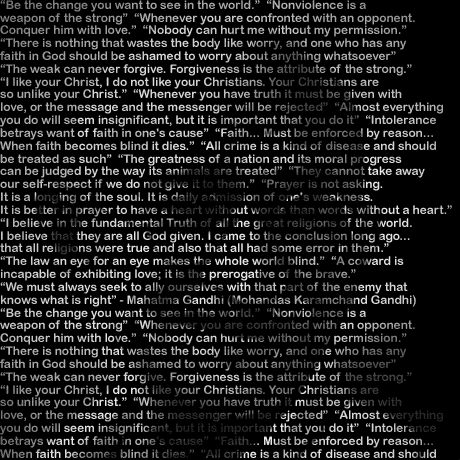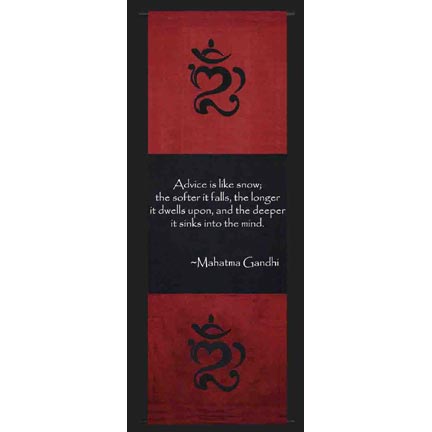Gandhi first employed non-violent civil disobedience as an expatriate lawyer in South Africa, in the resident Indian community's struggle for civil rights. After his return to India in 1915, he set about organising peasants, farmers, and urban labourers in protesting excessive land-tax and discrimination. Assuming leadership of the Indian National Congress in 1921, Gandhi led nationwide campaigns for easing poverty, expanding women's rights, building religious and ethnic amity, ending untouchability, increasing economic self-reliance, but above all for achieving Swaraj—the independence of India from foreign domination. Gandhi famously led Indians in protesting the British-imposed salt tax with the 400 km (250 mi) Dandi Salt March in 1930, and later in calling for the British to Quit India in 1942. He was imprisoned for many years, upon many occasions, in both South Africa and India. Gandhi strove to practice non-violence and truth in all situations, and advocated that others do the same. He lived modestly in a self-sufficient residential community and wore the traditional Indian dhoti and shawl, woven with yarn he had hand spun on a charkha. He ate simple vegetarian food, and also undertook long fasts as means of both self-purification and social protest.
Gandhi was assassinated on 30 January 1948, by Nathuram Godse, a Hindu nationalist who felt Gandhi was sympathetic to the Muslims. January 30, hence is observed as Martyrs' Day in India.
Gandhi was assassinated on 30 January 1948, by Nathuram Godse, a Hindu nationalist who felt Gandhi was sympathetic to the Muslims. January 30, hence is observed as Martyrs' Day in India.




















No comments:
Post a Comment